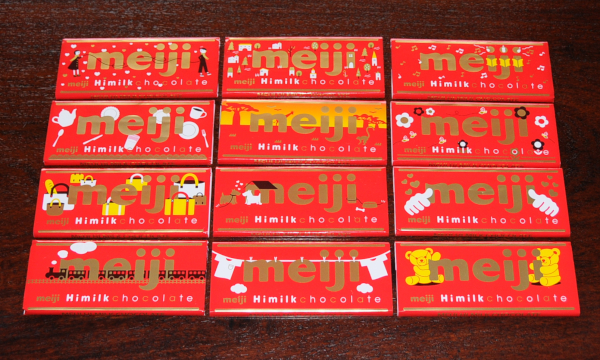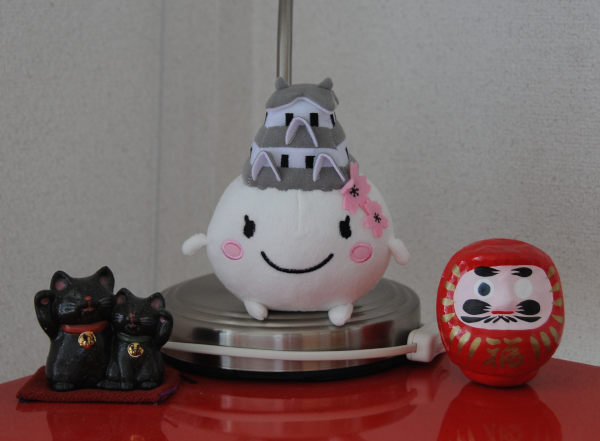 Today is the last day of the Heisei era. Emperor Akihito abdicated and is now the “Emperor Emeritus”. This sounds a bit funny to my ears, because I’ve only every heard “emeritus” in an academic setting. Of course, most members of the Japanese imperial family have a university degree or other, and honorary degrees as well. But that’s just as an aside.
Today is the last day of the Heisei era. Emperor Akihito abdicated and is now the “Emperor Emeritus”. This sounds a bit funny to my ears, because I’ve only every heard “emeritus” in an academic setting. Of course, most members of the Japanese imperial family have a university degree or other, and honorary degrees as well. But that’s just as an aside.
The Heisei era spanned 30 years of peace for the Japanese, and the Emperor Emeritus, who grew up during WWII and its aftermath has expressed his gratitude for that. Together with his wife, he has visited many countries and has tried to make amends for war crimes not of his own doing. Also in Japan itself, the imperial couple has travelled widely, visiting many smaller communities over the years. This and their attempt to position the imperial family closer to the people has endeared them to many Japanese of all ages Especially their visits to shelters for refugees after the Fukushima tragedy in 2011 are memorable in this respect (even if they are not the only ones). We will see if the new emperor, who formally ascends to the throne tomorrow, will be able to follow in his father’s footsteps.
I would like to say something about the general mood in Japan right now, but I am not sure what it is. Certainly everyone has an opinion, but which one is hard to gauge, especially for the younger ones. It appears that many people are happy for the Emperor Emeritus and wish him a long and peaceful retirement. Some people treat the occasion like a New Year and will stay up and celebrate the beginning of the new era at midnight.
I myself am curious what will happen now. While the emperor plays a minor role politically, it is a new beginning after all, and people do get energised by that fact alone.










